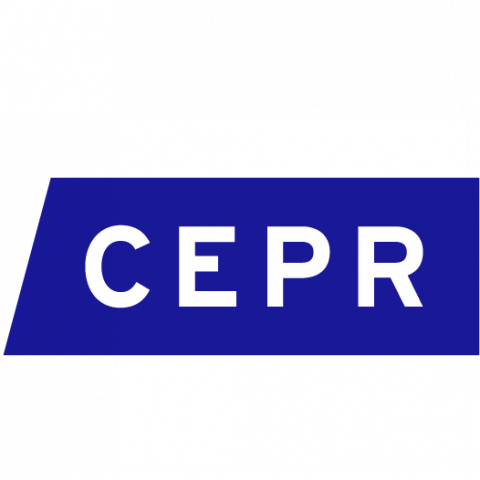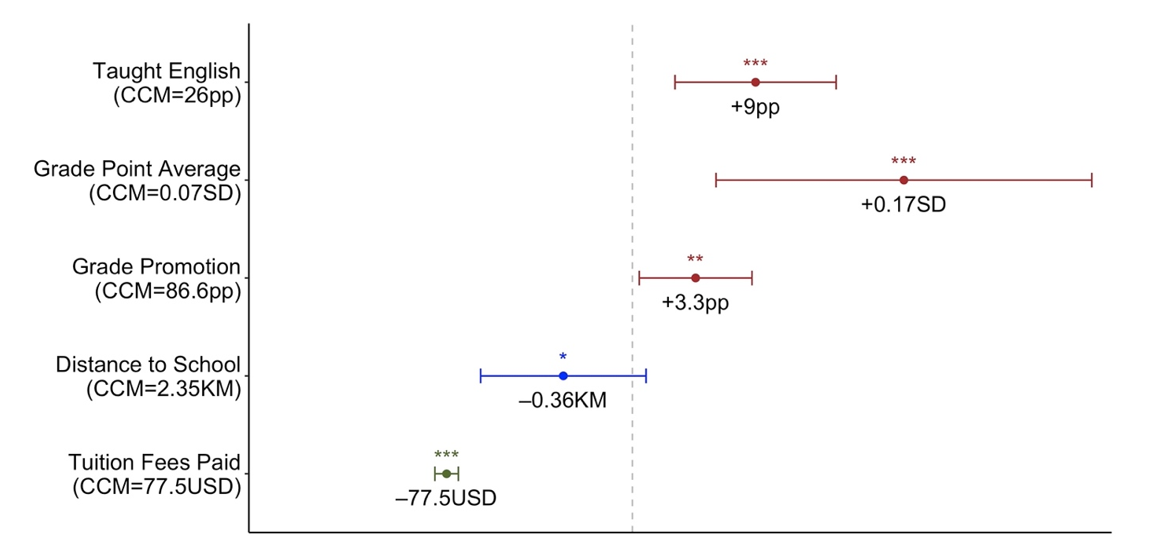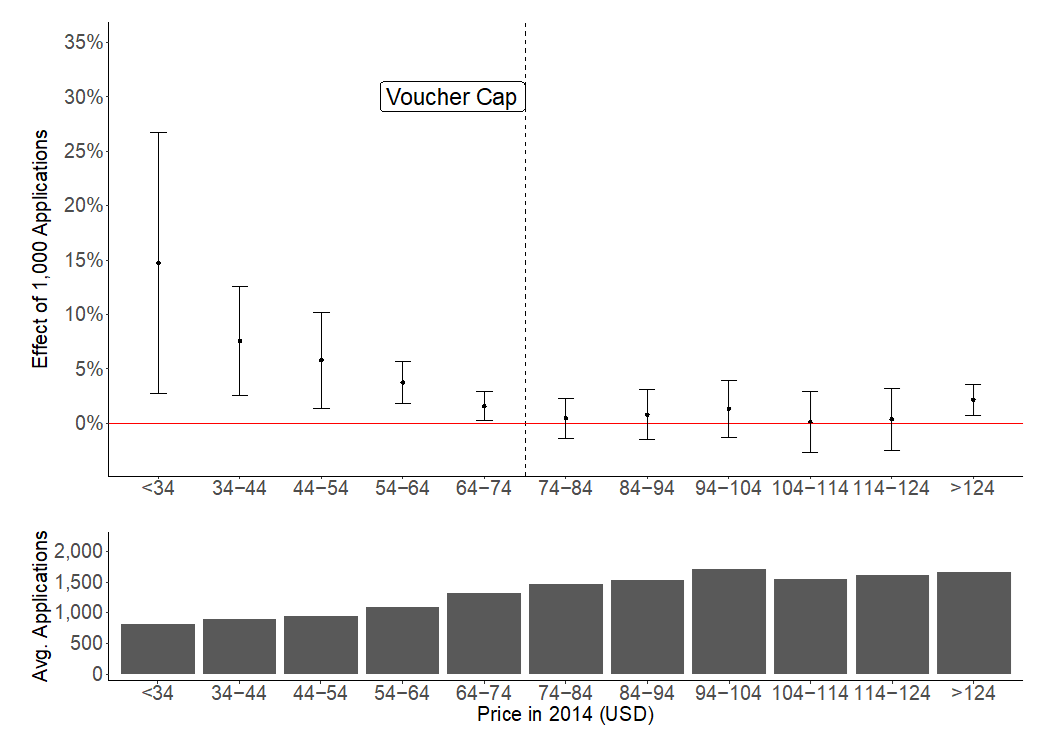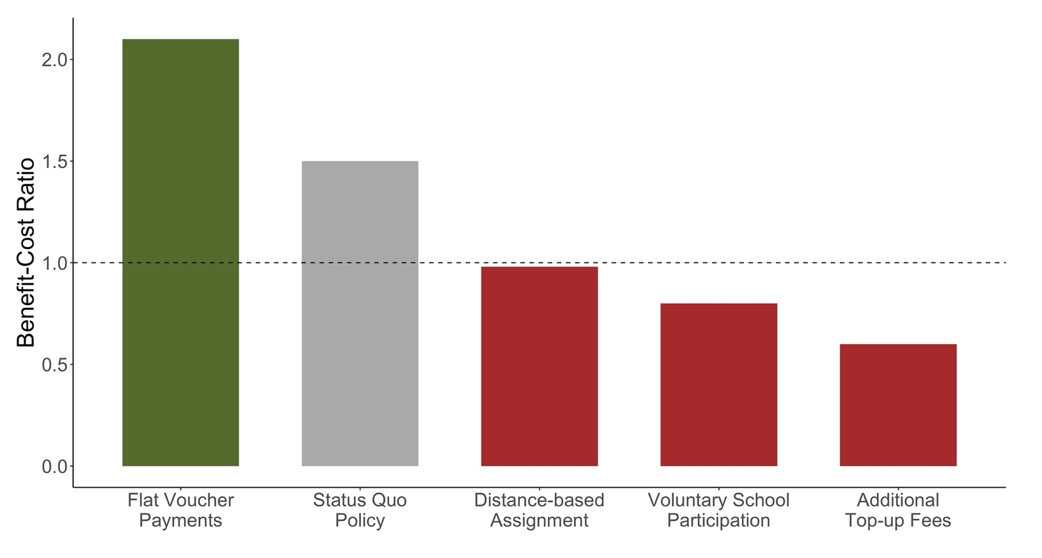
While vouchers may provide students with more choice, private schools may respond by changing tuition fees, affecting those without vouchers. Examining India’s school voucher programme sheds light on how governments can improve school voucher programmes for primary education.
More than 350 million children’s parents pay out of pocket for private schools (UNESCO 2021). This rapidly expanding private sector, particularly in developing countries, offers alternatives to budget-constrained public schools, but excludes many children who cannot afford to pay. Voucher programmes – which provide government subsidies for private school tuition – have long had the promise of balancing this equity-efficiency tradeoff (Friedman 1955).
Indeed, research has shown that vouchers have the potential to benefit both recipients and non-recipients by creating incentives for schools to compete and improve their quality (Epple et al. 2017). In new research (Sahai 2024), I use comprehensive data from India to show how the design of voucher programmes may also impact how schools set tuition fees. This has consequences for millions of students who do not receive vouchers.
In 2009, India established the world’s largest voucher system for primary education
In the face of a near 50% private school enrollment rate, India launched the Right to Education Act of 2009, which provided full tuition subsidies for primary school to disadvantaged students. Today, this is the largest programme of its type in the world. All private schools must reserve 25% of their seats for the policy: they cannot charge additional fees or opt-out. For each voucher student, the government pays schools their tuition fee up to an annual maximum (“voucher cap”). This tuition-linked payment design – also implemented in the US and Australia – incentivises schools to collect additional payments by raising their tuition levels.
To understand this policy’s impact, I collected new data on the universe of students and schools in Madhya Pradesh, a state with 10 million primary school children and the largest voucher system in India. The data follows students through the voucher application process and in future years, capturing several educational outcomes. It also tracks private schools over time, including the tuition fees they charge.
While applying, students submit a list of private school preferences. If there are more applications than seats for a student’s top choice, a lottery determines who receives a voucher offer and who does not (Abdulkadiroğlu et al. 2017). Using these lotteries, I can estimate the impact of accepting a voucher offer (“take-up”) for more than 100,000 student observations. These impacts are specific to those who would have accepted their top choice offer but rejected their second or lower choice offer.
Those who receive vouchers benefit from greater choice and reduced tuition payments
Figure 1: The Local Average Treatment Effect of voucher takeup on student outcomes

Figure 1 shows that vouchers enable access to potentially higher quality schools: take-up increases English instruction by 9 percentage points, GPAs by 0.17SD, and promotion rates by 3.3 percentage points. Take-up also reduces distance traveled to school by 0.36 kilometers and lowers family tuition expenses by nearly $80 per year – about 6% of household income at the poverty line. Indeed, many students that apply for the voucher programme would have paid for private schools anyway, suggesting a large portion of benefits come through as tuition savings. Overall, these effects are in line with prior studies in similar contexts (Angrist et al. 2002, Romero and Singh 2022).
However, the policy might affect the incentives of private schools themselves. Schools below the voucher cap are paid their tuition fees for each voucher student. Because these students pay nothing, schools can then raise their tuition levels to capture larger payments. Those above the cap, who receive the maximum amount regardless of what price they set, face no such incentive to alter their prices. To test these strategic responses, I then perform a difference-in-differences (DID) analysis using the roll-out of the policy over time and across regions.
Private schools respond to the voucher design by raising tuition fees, affecting millions of students who do not receive vouchers
In 2015 and 2016, the voucher system lowered the minimum age and moved applications online, dramatically increasing applications. Using this variation, the DID design compares schools in markets with greater versus lower exposure, before versus after these policy changes. I measure exposure as the fraction of voucher-eligible students in the market that are already in private school: these students would immediately benefit from applying and so their decision to not apply must be due to application frictions that these policy changes reduce.
Figure 2: Estimates of the effect of voucher applications on private school tuition fees

Figure 2 presents the effect of an additional 1,000 voucher applications in a school’s market on its price charged. Because schools below and above the cap face different incentives, this is estimated separately for narrow bins of pre-treatment prices. Consistent with these incentives, schools far below the cap raise tuition by roughly 15%, which falls to near zero after the cap.
The price hikes are accompanied by modest increases in school quality measures (teacher-student ratio and value-added), consistent with competitively upgrading quality to attract voucher students (Neilson 2021).
A welfare analysis shows that these private school responses lower cost-effectiveness
In total, the policy delivers several impacts across the education system. Recipients benefit from greater school choice, but non-recipients – who comprise 95% of the market – face consequences from the school responses. The overall welfare impacts, and how alternative designs would change them, are unclear. To assess this, I then develop an empirical model of the education market.
On the demand-side, students choose whether to apply for vouchers given the chances of winning each offer and potential application costs. Once they receive offers, they decide which school to attend. One of the model’s key outputs – students’ willingness-to-pay (WTP) for schools – is identified using rich data on (1) school preference lists submitted during the application and (2) voucher lotteries, which provide randomisation in prices students face.
On the supply-side, private schools strategically set price and quality to maximise profits, with knowledge of how their decisions would affect student choices. Critically, their incentives to set price and quality depend on the voucher’s design. The combined demand and supply model allows us to calculate the policy’s dollar-equivalent impact on student welfare, school profits, and government expenditure after accounting for private school responses.
I find that the policy delivers total benefits that exceed total costs (1.5 to 1) and improves measures of social integration. While effective, the policy’s payment design reduces its overall efficiency. If we had ignored the strategic responses by private schools, we would have overstated the benefit-cost ratio by a factor of two (2.9 to 1).
Changing the voucher’s design offers scope for improvement
Figure 3: Benefit-cost ratios across different voucher designs

The framework allows us to test the impact of alternative designs. Switching to a “flat” voucher – which pays all schools a fixed amount – would remove the perverse incentive for schools to raise prices. However, it would also increase voucher payments for schools below the cap. On balance, switching to this design would increase the benefit-cost ratio by 40% (2.1 to 1).
Changing other design features also has important impacts. For example, allowing schools to charge “top-up” fees to cover the difference between their price and the voucher (as in Indonesia) reduces the value for students. It also creates additional price-raising incentives for schools. Instead, allowing schools to opt-out of the programme completely (as in Pakistan) avoids this, but restricts the available options within the programme. Lastly, switching the voucher assignment from preference-based to distance-based (as in the states of Gujarat and Maharashtra) results in a mis-match between students and schools.
Overall, depending on design specifics, voucher programmes can deliver benefit-cost ratios that range from 2.1 to 0.6. Had we ignored how private schools responded, this range would be mistakenly higher, from 5.2 to 2.7. Importantly, we would have concluded the most cost-effective design is in fact the least cost-effective.
These findings illustrate how a careful examination of design choices, and how they affect school incentives, is critical for voucher effectiveness. This is especially important in the face of a growing private sector for education and continued debate on voucher policy worldwide (World Bank 2023).
References
Abdulkadiroğlu, A, J D Angrist, Y Narita, and P A Pathak (2017), "Research Design Meets Market Design: Using Centralized Assignment for Impact Evaluation", Econometrica, 85: 1373-1432.
Angrist, J, E Bettinger, E Bloom, E King, and M Kremer (2002), "Vouchers for Private Schooling in Colombia: Evidence from a Randomized Natural Experiment", American Economic Review, 92(5): 1535-1558.
Epple, D, R E Romano, and M Urquiola (2017), "School Vouchers: A Survey of the Economics Literature", Journal of Economic Literature, 55(2): 441–92.
Friedman, M (1955), The Role of Government in Education, edited by R A Solow, New Brunswick, New Jersey: Rutgers University Press.
Neilson, C A (2021), "Targeted Vouchers, Competition Among Schools, and the Academic Achievement of Poor Students", Working Paper.
Romero, M and A Singh (2023), "The incidence of affirmative action: Evidence from quotas in private schools in India", Working Paper.
Sahai, H (2024), "Strategic Pricing and School Voucher Design: Evidence from India", Working Paper.
UNESCO (2021), Global Education Monitoring Report 2021/2: Non-state actors in education: Who chooses? Who loses?, Paris, France: UNESCO.
World Bank (2023), "Designing Effective Public-Private Partnerships in Education", Education for Global Development.

